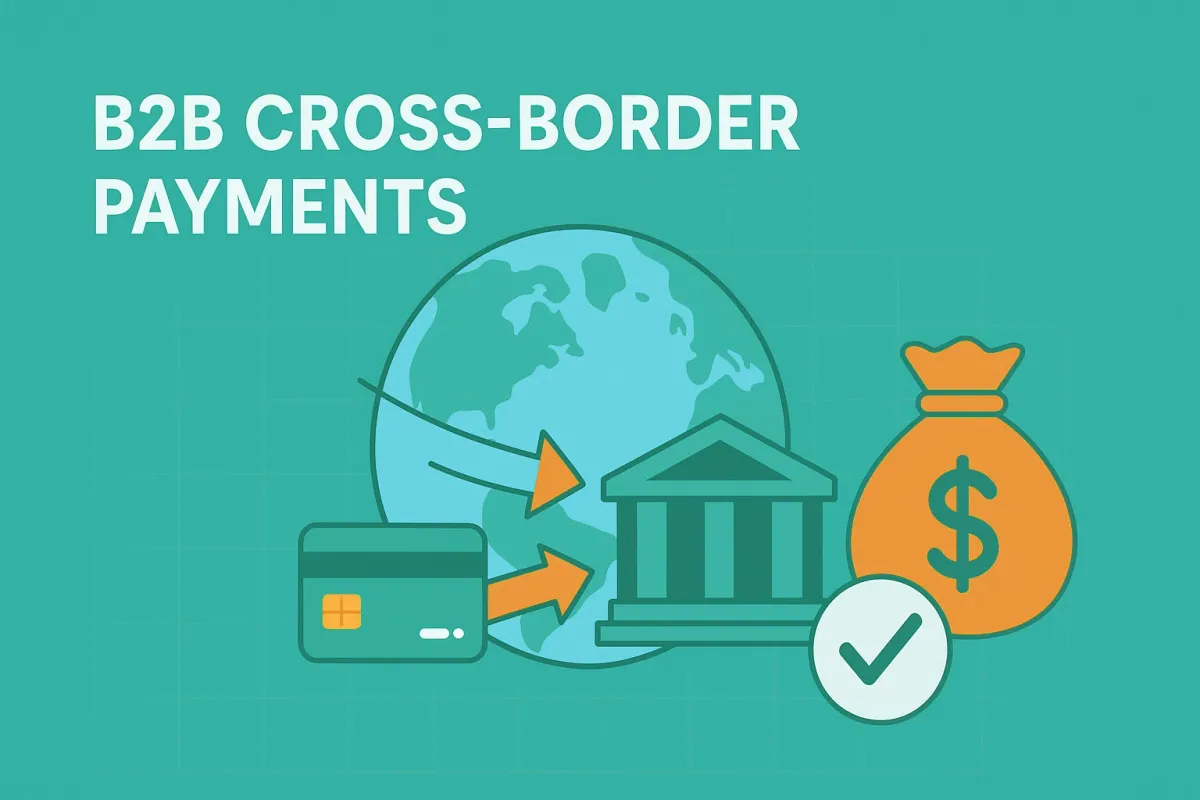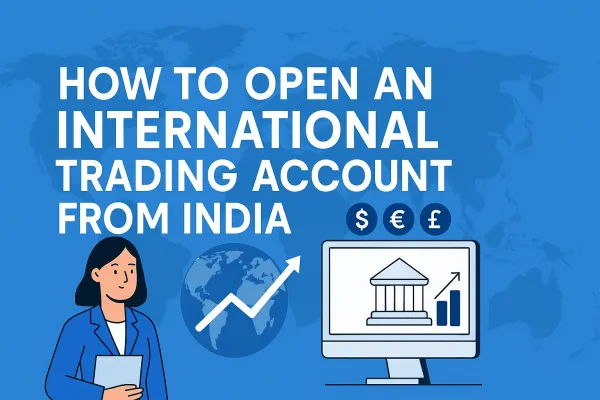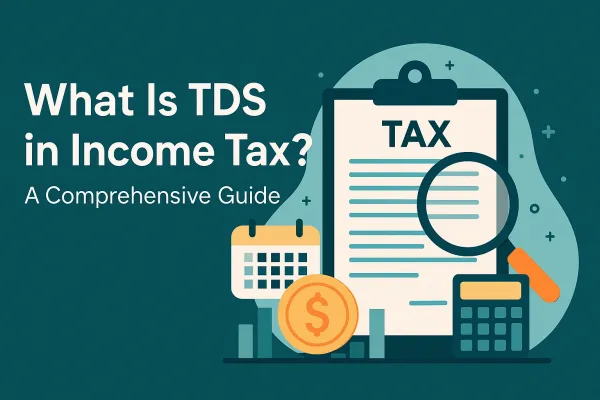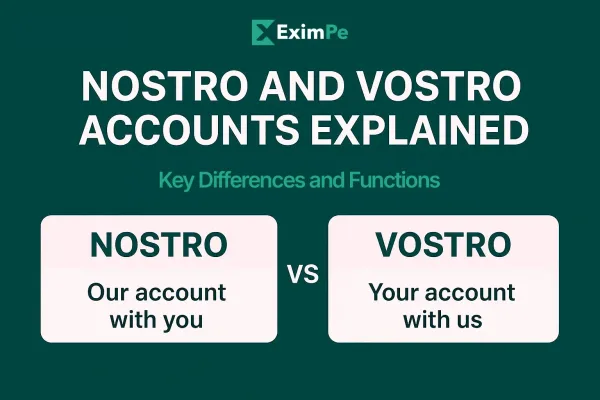What are B2B Cross-Border Payments & How Do They Work?

Business-to-business cross-border payments have been on the rise for businesses in a globalized economy that competes with others from different countries. The payments enable business operations to be carried smoothly, and the market reach expands for businesses. This content discusses what B2B cross-border payments are, how they work, and how a cross-border payment platform can make it easy to make transactions.
Understanding B2B Cross Border Payments
B2B cross-border payments are money moved from one country to another for business use. You may use it to buy goods and services, remit back to suppliers, or pay off invoices. The more complex the transactions may become due to problems in currency conversion, differences in banking systems, and compliance in the receiving party's jurisdiction and bank.
How Do B2B Cross-Border Payments Work?
The process of making a B2B cross-border payment generally follows these steps:
- Selection of Payment Method: A business can also avail of the service for a range of payment methods. It includes bank transfers, online money platforms, international wire transfers, and many more. Sometimes, it gets selected based on the money involved, the urgency, or the cost incurred by the business.
- Currency Conversion: The company may need to select one of the currencies because the buyer and seller may demand different currencies. The business decision in this context might prove very influential in the amount to be paid or received due to currency fluctuations.
- Compliance with Regulations: Cross-border payments are regulated internationally and are thus different in each country. Businesses will, therefore, need to comply with anti-money laundering laws and other requirements regarding regulations.
- Initiation of Payment: An initiation for payment occurs after all of the details are confirmed. It makes a payment through a selected medium. In some cases, specific banking information, such as the International Bank Account Number and Bank Identifier Code, would be needed.
- Settlement: After clearing, the transaction is passed through a number of custodians before it finally reaches the payee's bank account. Typically, this would be done within a number of days, depending on the mechanism available, as well as whether there are regulatory checks to be conducted before the settlement actually takes place.
Common Challenges in B2B Cross-Border Payments
While B2B cross-border payments offer numerous benefits, they also present several challenges:
- Exchange Rate Fluctuations: The changes in rates can cause great losses if not handled properly. Hence, companies need to monitor them at the appropriate time to make correct decisions.
- Hidden Fees: Almost all the payment options charge concealed fees that might add up rapidly. Knowing the fee structure of your chosen cross-border payment platform can help save costs for you.
- Delays in Processing: A traditional banking system involves several intermediaries. This multiplies the number of delays in a process. Cash flow will be dramatically impacted, and oversight opportunities will abound.
- Complex Documentation Requirements: Due to the numerous regulations required, cross-border transactions may involve complex documentations that make the whole process much more complicated.
Tips for Efficient B2B Cross-Border Payments
Choose an Efficient Cross Border Payments Platform
The appropriate cross-border payment platform to choose may help you streamline your transactions. Select one that offers:
- Competitive Rates: Compare what's being offered in several other platforms so you can find out which one will be the best fit with respect to your business's value.
- User-Friendly Interface: An easier-to-use interface will make it easier for your team to manage their payments much more efficiently.
- Real-Time Tracking: The system should provide real-time tracking for transactions so that you can check how your transactions are going.
Automate Your Payment Processes
It may further be optimized by making B2B cross-border payments smoother. From sending out manual invoices and receiving manual payments to sending out automated invoices and getting automated payment processing, an entity needs to reduce errors related to human contact and save valuable time.
Be aware of regulatory changes
cross-border payment rules often change rapidly. Stay informed of their changes and stay compliant.
Nurture good relationships with your counter-partners
The relations of your international partners will become stronger, and the flow of transactions will be better. Communication regarding the payment terms and expectations for that partner is maintained, and confusion is reduced.
Final Thoughts
Now, after gaining knowledge on cross-border B2B payments, you can start some powerful tactics for efficient transaction processes. Choose the right cross-border payment and make sure you are accurate in all payment details that fall in line with international regulations. In this way, you increase your efficiency and strengthen ties with your business associates worldwide. Keep yourself updated and proactive on cross-border payments to sustain your business improvement in the global marketplace.



